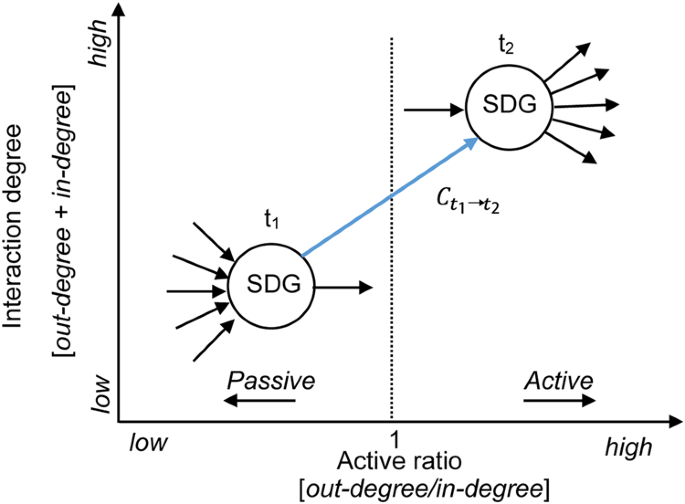- Select a language for the TTS:
- UK English Female
- UK English Male
- US English Female
- US English Male
- Australian Female
- Australian Male
- Language selected: (auto detect) - EN
Play all audios:
Hopes for ending America’s longest war hinge on maintaining a weeklong fragile truce in Afghanistan that U.S. officials and experts agree will be difficult to assess and fraught with
pitfalls. What if one militant with a suicide vest kills dozens in a Kabul market? Or, if a U.S. airstrike targeting Islamic State insurgents takes out Taliban members instead, does that
destroy the deal? The agreement, which took effect Friday, calls for an end to attacks around the country, including roadside bombings, suicide attacks and rocket strikes between the
Taliban, Afghan and U.S. forces. But in a country that has been wracked by violence for more than 18 years, determining if the agreement has been violated will be a tough task. And there
are a number of other groups and elements in the country that would love to see the deal fall through. “The reason this is a challenge is this is a very decentralized insurgency,” said Seth
Jones, a senior adviser at the Center for Strategic and International Studies (CSIS) and an Afghanistan expert. “There are going to be a lot of opportunities for any militia commander,
element of the Taliban, the Haqqani network, and other local forces who don’t want to see a deal, to conduct violence.” The Haqqani network is an insurgent group linked to the Taliban.
According to one defense official, any attack will be reviewed on a “case-by-case” basis. And much will depend on how well U.S. military and intelligence officials in Afghanistan can quickly
determine two things: Who was responsible for the attack, and can any of the blame be traced back to the Taliban, particularly the group’s leaders who have been participating in the
negotiations. The Taliban issued a statement late Friday saying their military council has instructed commanders and governors to stop all attacks against foreign and Afghan forces. The
council has a web of commanders and shadow governors across the country. U.S. officials have made it clear that “spoilers” — such as militants associated with the Taliban who are not in
favor of the peace talks — could launch an attack in a deliberate attempt to prevent them from happening. Jones said the U.S. military has tried to get a good layout of where all the
insurgent groups are operating so it will be able to determine where any attack comes from and who likely was responsible. And U.S. military officials said they were prepared and ready to
make quick assessments. If successfully implemented, the weeklong “reduction in violence” agreement, which began at midnight Friday local time (1930 GMT, 2:30 p.m. EST), will be followed by
the signing of a peace accord on February 29. That accord would finally wrap up the 18-year war and begin to fulfill one of President Donald Trump’s main campaign promises: to bring U.S.
troops in Afghanistan home. The U.S. will continue to have surveillance aircraft and other assets overhead to monitor events and help to determine who is responsible for any attack. One
senior U.S. official also said that the U.S., Afghans and Taliban will have a channel through which they will be able to discuss any issues that arise. Another U.S. official said that
communications between the groups will allow the Taliban, for example, to quickly deny involvement with an attack. But in all cases, officials said the U.S. military — led by Gen. Scott
Miller in Afghanistan — will be responsible for investigating incidents and figuring out who is at fault. The officials all spoke on condition of anonymity to discuss details of the private
negotiations. Once Miller reaches a conclusion, officials said it will be up to the White House and State Department to make a final determination about whether an attack constitutes a
violation of the truce and if it is enough to affect the peace deal. The Pentagon has made it clear that U.S. troops may continue to conduct operations against Islamic State and al-Qaeda
militants as needed. But officials also noted that all sides want the peace agreement to be successful, so they will try to avoid anything that might scuttle it. The Pentagon has said for
months that it is poised to reduce the number of U.S. troops in Afghanistan from the current number of more than 12,000 to 8,600. That reduction is likely to be triggered once the peace
agreement is finalized, but officials said Friday it could take several months for any troop cuts to begin. Jones expressed some skepticism, saying the Taliban has expressed little interest
in laying down arms or integrating into a government run by someone other than the group itself. “This is a first down, we’re at the 10-yard line,” said Jones. “We have 90 more to go and I
don’t know that we’ll ever get the touchdown.” The agreement mapping out a plan for peace follows months of negotiations between the U.S. and the Taliban that have broken down before. Both
parties, however, have signaled a desire to halt the fighting that began with the U.S. invasion after the September 11, 2001, attacks by Osama bin Laden’s Afghanistan-based al-Qaida network.
The only other cease-fire the Taliban had agreed to was for three days in 2018 over the Islamic holiday of Eid al-Fitr. Then fighting ceased completely and Taliban and Afghan security
forces were even filmed taking selfies together and laughing. The Taliban military leaders chastised its fighters at the end of the cease-fire for their frolicking with the enemy. _By Lolita
C. Baldor for the Associated Press_ _AP Diplomatic Writer Matthew Lee in Washington and Kathy Gannon in Islamabad contributed._








